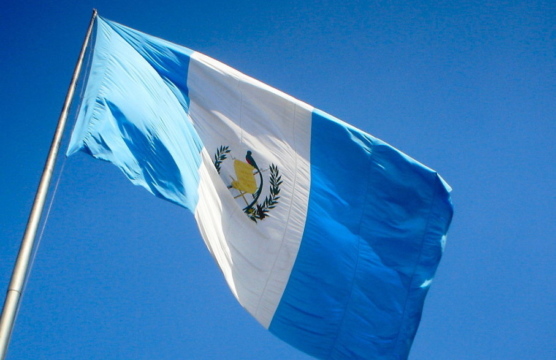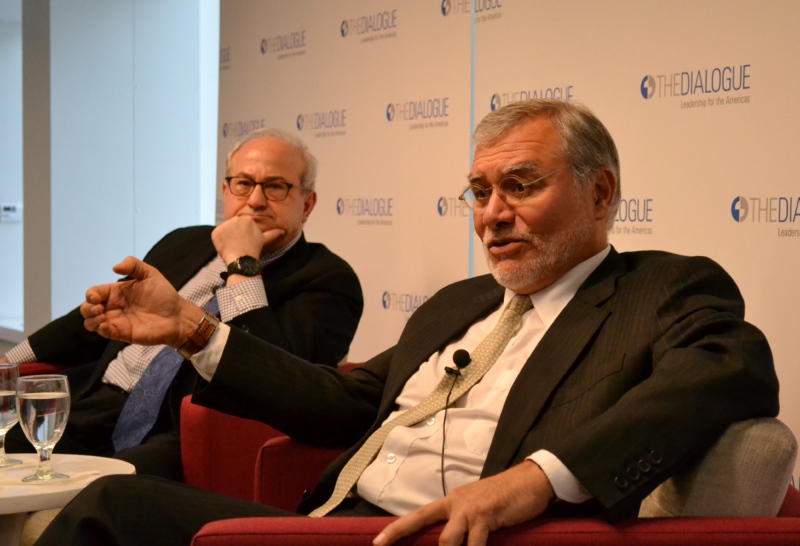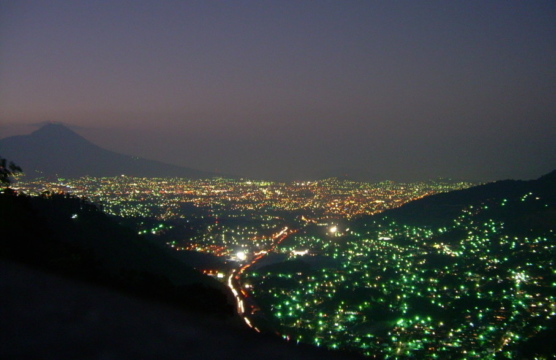
Are Countries Making Progress in Fighting Corruption?
Which countries in the region are making strides in fighting corruption, and which are falling short?
On September 22, the Inter-American Dialogue hosted Jose Ugaz, the chairman of Transparency International, an international NGO committed to combating corruption throughout the world. Ugaz answered questions about the nature of today’s corruption scandals, highlighting the Odebrecht case in Brazil that has implicated a number of other countries in Latin America.
Ugaz began by describing how corruption in today’s world is qualitatively different than in the past. Using the term “grand corruption,” Ugaz noted three features of corruption today:
“Grand corruption kills, denies education, health, access to housing, clean water, et cetera,” Ugaz explained. Given the power of the actors involved in these corrupt networks, there is a great deal of impunity and prosecuting these cases can be extremely difficult. However, bringing about justice is perhaps all the more necessary given that these cases of corruption tend to affect the most vulnerable populations, which elevates the question of corruption to a human rights issue.
According to Ugaz, corruption is largely an endemic problem in Latin America – that is, it is embedded in the very structures of these countries, which is why many of the in-country trends in corruption are the same across the region. However, the present effort to combat corruption in a number of countries simultaneously allows for even greater potential impact, particularly given the mobilization of individual citizens against corruption, which is a new and promising trend.
Responding to a question about justice systems in different countries, Ugaz outlined two different anti-corruption models that have been developed in Latin America. The first is the Peruvian or Brazilian model in which the “moral reserves of the systems react.” That is to say, there is a popular outcry against corruption in a given country, which triggers the process by which corrupt actors are investigated and brought to justice. The second and more extreme model is that of Guatemala, which involves outside interference in a country’s internal dynamics and a temporary weakening of state sovereignty to allow international actors to deal with issues of impunity. In the case of Guatemala, the United Nations intervened in the country to create CICIG, the International Commission against Impunity in Guatemala. While these strong anti-corruption efforts have had a great deal of success, Ugaz noted that there is always a risk of pushback and recurrence following a campaign against corruption.
In terms of the role of the private sector, Ugaz discussed the culture of corruption that has taken hold in many big companies which have become accustomed to using illicit methods to do business. Ensuring that corruption comes at a cost by actively pursuing these cases will hopefully change this mentality. Moving forward, Ugaz once again stressed the need to pursue these cases of grand corruption because of their implications for human rights and noted efforts to use human rights structures to prosecute corruption cases. Overall, Ugaz was optimistic about the future, saying, “On one side, we have these big corruption scandals, but at the same time, we are seeing unprecedented efforts of systems trying to deal with them.”
Which countries in the region are making strides in fighting corruption, and which are falling short?
Organized criminal groups pose an increasing risk to democracy and the rule of law in El Salvador.
Over the past weeks, public discontent with the administration of President Dilma Rousseff has continued to rise.
 Ben Raderstorf / Inter-American Dialogue
Ben Raderstorf / Inter-American Dialogue
 Video
Video